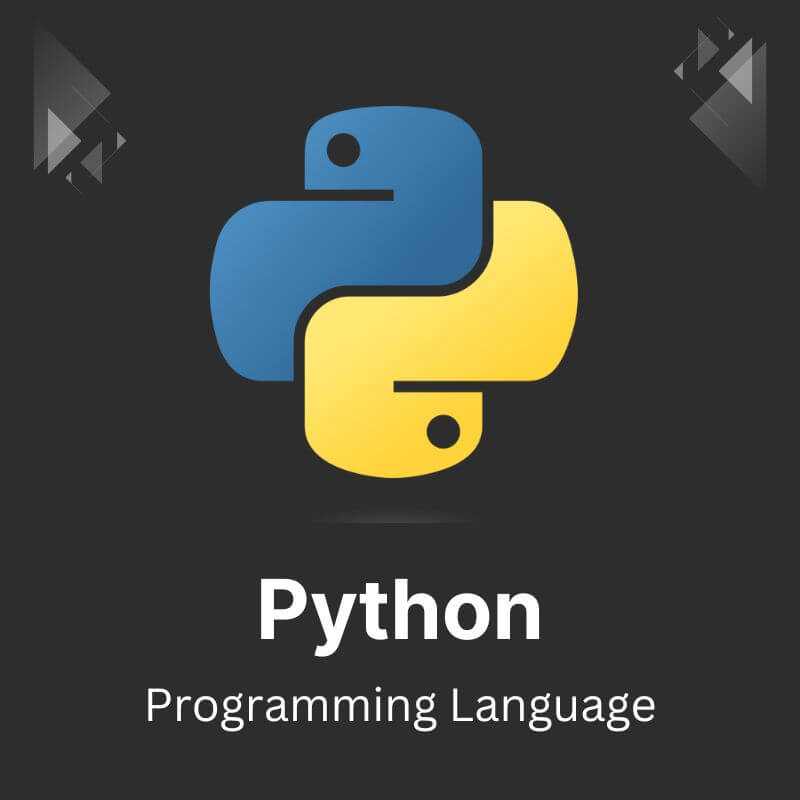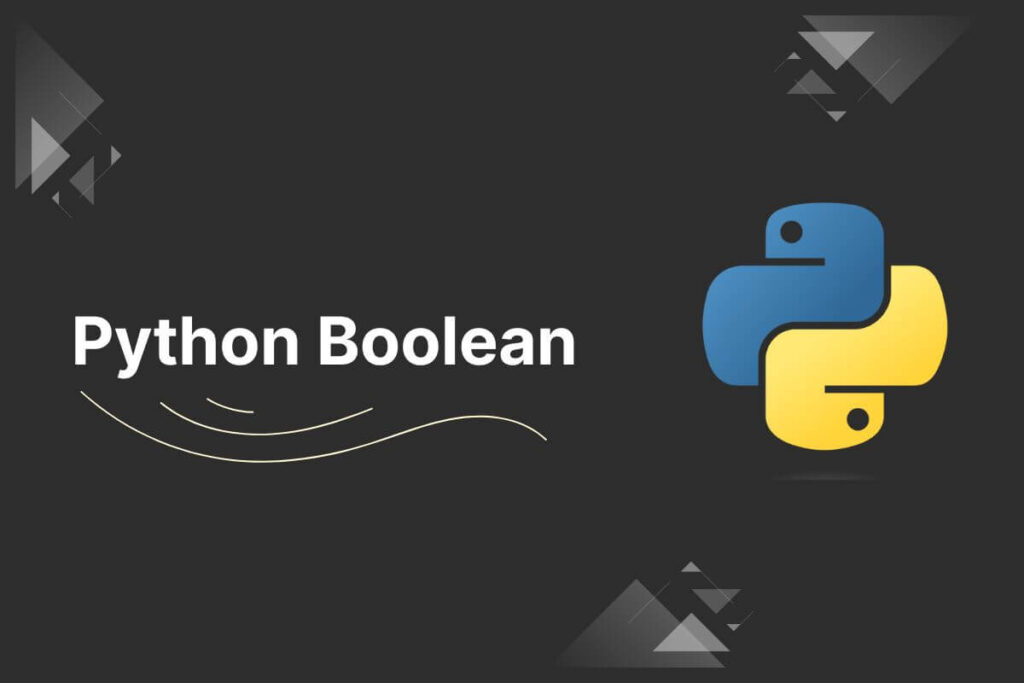In the world of programming, logical operations play a crucial role in decision-making and control flow. In Python, the Boolean data type serves as the foundation for these operations, providing a simple yet powerful way to represent true or false values.
These values are essential for conditional statements, loops, and other control structures that govern the flow of a program. Understanding the concept of Boolean values and their operations is a fundamental step in mastering Python programming.
Understanding Booleans in Python
In Python, the Boolean data type is represented by the keywords True and False. These keywords are case-sensitive and must be written exactly as shown. Boolean values are often used in conditional statements, such as if, elif, and else, to determine which code block should be executed based on a specific condition.
Here’s an example of how Boolean values can be used in a simple conditional statement:
age = 18
is_adult = age >= 18
if is_adult:
print("You are an adult.")
else:
print("You are a minor.")
Boolean Operators
Python provides several operators for working with boolean values, allowing developers to create complex conditions and perform logical operations. The most common boolean operators include:
1. Logical AND (and)
The and operator returns True only if both operands are True. Otherwise, it evaluates to False.
a = True
b = False
result = a and b # This evaluates to False
2. Logical OR (or)
The or operator returns True if at least one of the operands is True. It evaluates to False only if both operands are False.
c = True
d = False
result = c or d # This evaluates to True
3. Logical NOT (not)
The not operator negates the boolean value, turning True into False and vice versa.
e = True
result = not e # This evaluates to False
Understanding these boolean operators is essential for constructing intricate conditions and logical expressions in Python programs.
Truthy and Falsy Values
In Python, not only do objects have a boolean value, but every value is considered either “truthy” or “falsy” when used in a boolean context. Truthy values are treated as True, and falsy values are treated as False. The following values are considered falsy:
- False
- None
- 0 (integer)
- 0.0 (float)
- “” (empty string)
- [] (empty list)
- {} (empty dictionary)
- () (empty tuple)
All other values are considered truthy. This concept is particularly useful when writing concise and expressive code.
The Python Boolean data type is a fundamental concept in programming that enables developers to represent and manipulate logical values. By understanding Boolean values and their associated operations, you can create more sophisticated and efficient programs that make decisions based on specific conditions.
Whether you’re working with conditional statements, loops, or other control structures, Boolean values and operations are essential tools in your Python programming toolkit.


